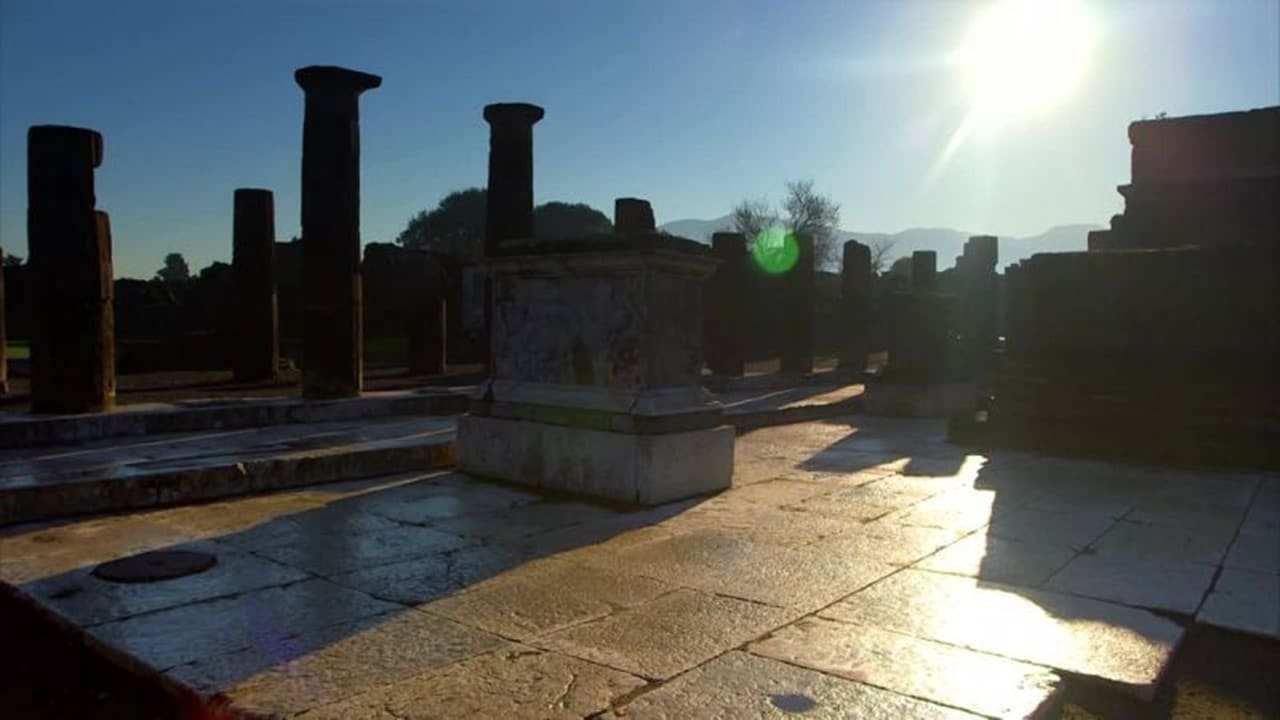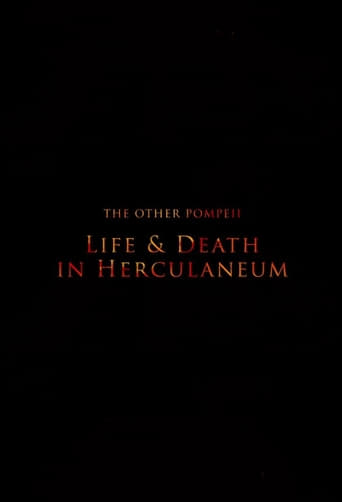

This is everything that a documentary should be. Detailed, properly argued, and with important points to make. Some of the star points are:-1. The wooden furniture that has survived, including some with enough pigment to show how it was painted.2. A marble head of a woman, with surviving pigment, showing how the statue was painted.3. Documentary evidence showing that man who a arrived in the town as a slave rose to be the owner of one of the biggest houses.4. Further analysis showing that the society had considerable social mobility, including slaves.5. Analysis of ancient coprolites (fossilized feces) that challenges traditional ideas of the diet of less than rich citizens.6. The proof that a popular modern wine is the same as that drunk in Herculaneum.Prof. Beard's recent documentary on Pompeii is very good, but this is better.
... View MoreThe subject of this documentary is a straightforward one: presenter Andrew Wallace-Hadrill introduces us to the treasures of Herculaneum, the city close to Pompeii that suffered a similar fate as a result of the eruption of Mount Vesuvius, but which was covered under a far thicker layer of lava and other materials. As a result the city has been more perfectly preserved: through the work of dedicated archaeologists we can find out what Roman life was 'really' like. Wallace-Hadrill is certainly thorough in his coverage; with the help of other archaeologists he tells us about social life, food rituals, marriage and the life of the so-called 'lower' classes as well as the bourgeoisie. At times, however, the subject-matter of this program borders on the truly bizarre. We see two archaeologists enthusiastically examining pieces of ancient Roman excrement, to see what their diet was 'really' like. With needle-like precision they cut open each stool and examine it under a microscope. One wonders whether our descendants will do the same thing 2000 years later: should we store our waste products in plastic bags (or better still, air-tight casks) so as to render their task easier? Of perhaps more significance, however, is the way Wallace-Hadrill positions himself as the well-meaning Brit, speaking pidgin Italian with the natives and laughing at his cultural foibles as he tries to explain the differences between contemporary and ancient Roman eating habits. By doing so he constructs himself as the imperialist; the all-knowing seer possessed with the breadth of historical knowledge denied to the Italian citizens. As a result the documentary comes across as yet another attempt to reinforce western European (specifically British) colonial values - even if they didn't manage to create a civilization like that of Ancient Rome, they are still possessed of sufficient expertise to explain it to us, the ignorant viewers.
... View More